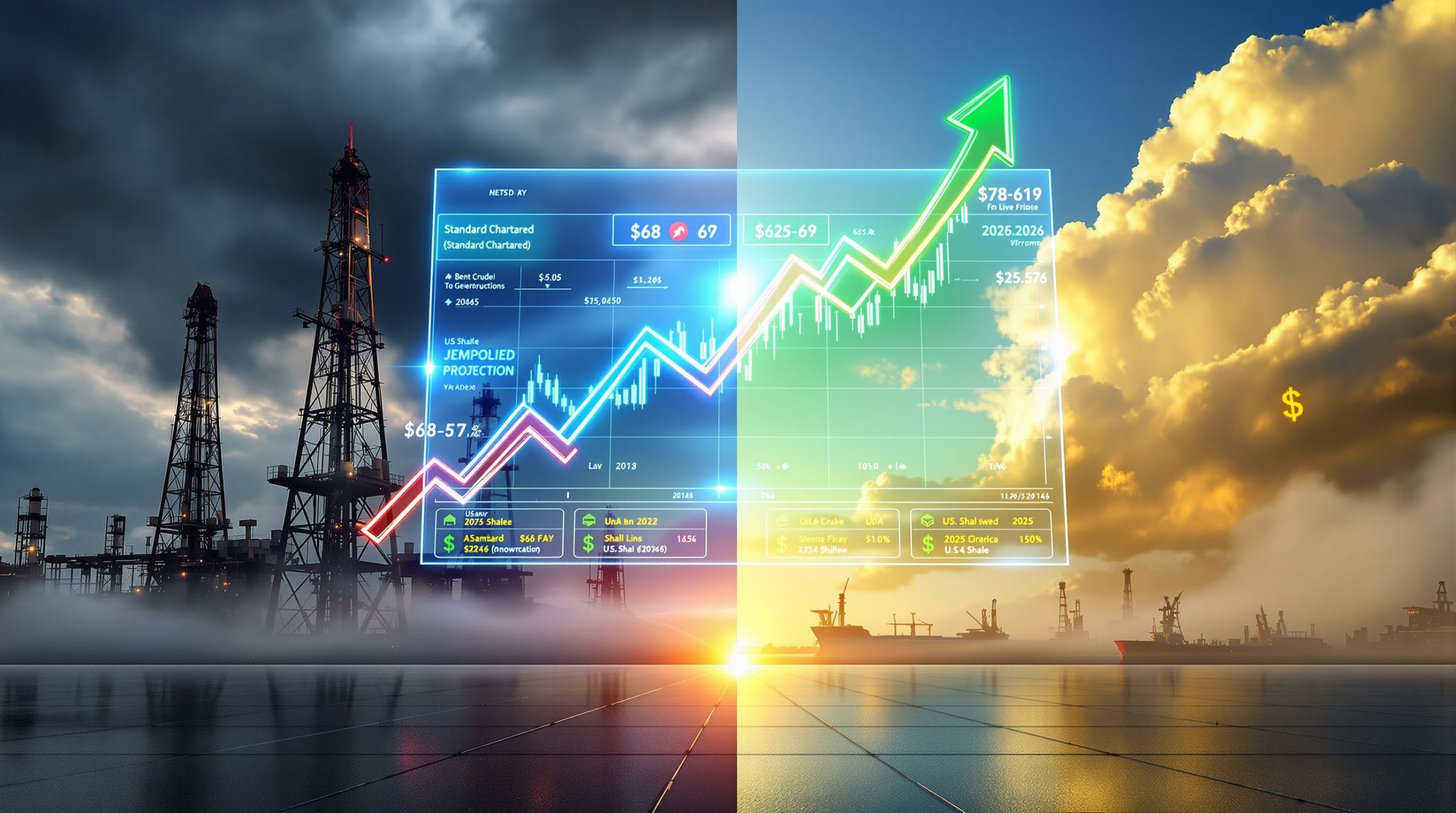Understanding Antimony 99.85% Sb Min Price Assessment in China
The recent launch of Fastmarkets' MB-SB-0011 Antimony 99.85% Sb Min price assessment marks a significant development in the global metals market. This weekly assessment, published every Friday at 7pm Shanghai time starting April 7, 2025, represents a critical step in providing transparency to China's antimony market. As the world's largest producer and consumer of antimony, China's pricing dynamics significantly influence global markets, making this assessment a valuable tool for industry participants worldwide.
The assessment focuses specifically on antimony ingot with minimum 99.85% Sb purity, capturing the highest liquidity segment of China's domestic market. By establishing this benchmark, Fastmarkets addresses the growing demand for accurate price discovery in critical mineral shortages markets, particularly as antimony continues to gain strategic importance in various industrial applications.
What is the New Antimony Price Assessment?
The MB-SB-0011 Antimony 99.85% Sb min, in-whs China assessment has been developed specifically to address the lack of transparency in China's domestic antimony market. Launching on April 7, 2025, this weekly assessment will be published every Friday at 7pm Shanghai time, providing market participants with regular updates on pricing trends.
The assessment forms part of Fastmarkets' comprehensive minor metals pricing package, which covers various strategic minerals essential to modern manufacturing and technology sectors. By focusing on in-warehouse pricing in China, the assessment captures the dynamics at the heart of global antimony market surge insights.
China currently accounts for approximately 80% of global antimony production, with annual output exceeding 100,000 metric tons. This concentration creates inherent market volatility, making reliable price signals particularly valuable for both domestic and international market participants navigating this critical mineral supply chain.
Technical Specifications of the Assessment
The technical parameters of the assessment have been carefully designed to reflect commercial reality in China's antimony market. The assessment covers antimony ingot with a minimum purity of 99.85% Sb, which is stricter than the 99.65% standard common in secondary markets. This higher purity grade is increasingly in demand for specialized applications in electronics and defense industries.
Impurity limits are precisely defined, with maximum allowances of 0.05% for arsenic (As), 0.15% for lead (Pb), and 100ppm for bismuth (Bi). These specifications reflect downstream manufacturers' requirements for high-purity inputs in semiconductor and military applications, eliminating quality-based price discrepancies that previously complicated cross-supplier comparisons.
The standard quantity for the assessment is 10 tonnes, with all pricing normalized to in-warehouse China locations. The assessment covers spot market transactions and is denominated in Chinese yuan (CNY) per tonne. While cash terms are standard, other payment terms can be normalized to the cash equivalent to ensure comparability across reported transactions.
These standardized specifications ensure that the assessment provides a consistent reference point, regardless of transaction-specific variations in quality, quantity, or payment terms.
Why This Price Assessment Matters
The introduction of the MB-SB-0011 assessment addresses several critical needs in the global antimony market. Most significantly, it captures pricing dynamics in the segment with the highest liquidity—99.85% antimony ingot in China's domestic market. This focus ensures that the assessment accurately reflects where most transactions occur, providing maximum relevance to industry participants.
Beyond its direct application in China, the assessment serves as a reference value for other regional markets. By establishing a reliable benchmark in the world's largest antimony production center, it enables more accurate pricing in derivative markets across Europe, North America, and Asia.
The assessment responds to growing industry demand for transparent price discovery mechanisms, particularly as antimony's strategic importance increases. Nearly 60% of antimony consumption derives from flame retardants, while emerging battery technologies increasingly utilize antimony tin oxide (ATO) as a conductivity enhancer. These applications highlight antimony's essential role in both traditional and emerging industries.
Many countries, including the United States, European Union, and Japan, have classified antimony as a critical mineral due to its importance in defense applications and renewable energy technologies. This designation underscores the need for reliable pricing data to inform strategic stockpiling decisions and global commodities market insights.
How the Assessment Methodology Works
Data Collection Process
Fastmarkets employs a robust data collection framework to ensure the assessment accurately represents market conditions. Market participants can provide price information directly to Fastmarkets through various channels, with all submissions handled by dedicated price reporter Nico Zhang.
To participate in the assessment, companies must be active in the antimony market, either as producers, consumers, or traders. This requirement ensures that all price inputs come from participants with direct market knowledge and experience, enhancing the assessment's reliability.
The assessment considers various types of pricing data, including confirmed deals, bids, offers, and assessments of prevailing market levels. This comprehensive approach captures not only completed transactions but also buying and selling intentions, providing a complete picture of market dynamics.
Fastmarkets employs a multi-layered verification process, cross-referencing submitted transaction data against warehouse receipts, customs declarations, and smelter production logs. As noted by lead price reporter Nico Zhang: "Our methodology prioritizes confirmed deals over indicative prices, ensuring the assessment reflects actual market liquidity rather than sentiment."
Methodology Framework
All pricing data submitted to Fastmarkets undergoes a standardization process to align with the specified quality and terms of the assessment. This normalization ensures that variations in transaction specifications don't distort the final price assessment.
Verification is a cornerstone of the methodology, with all price inputs validated through Fastmarkets' established protocols. This process includes cross-checking reported deals against other market information, confirming details with counterparties where possible, and analyzing the consistency of submissions over time.
Transparency is maintained through the availability of non-confidential comments upon request, allowing market participants to understand the factors influencing price movements. This approach balances the need for market visibility with respect for commercial confidentiality.
The assessment follows Fastmarkets' published methodology guidelines, which are subject to regular review and consultation with industry participants. This governance framework ensures that the assessment methodology remains relevant and responsive to evolving market conditions.
How to Participate in the Price Assessment
Market participants wishing to contribute to the assessment can contact Fastmarkets directly at pricing@fastmarkets.com, with the subject line "FAO: Nico Zhang, re: Antimony 99.85% Sb min, in-whs China." This dedicated communication channel ensures that all submissions reach the responsible price reporter.
Beyond data submission, market participants can provide feedback on the assessment methodology through Fastmarkets' regular consultation process. This feedback loop enables continuous improvement of the assessment framework, ensuring it remains aligned with market needs.
Confidentiality options are available for market participants who wish to contribute pricing information without public attribution. Submitters can mark their comments as confidential when necessary, allowing them to share market insights while protecting sensitive commercial information.
The methodology undergoes regular review as part of Fastmarkets' quality control process for all price assessments. These reviews consider both technical aspects of the methodology and its alignment with market practices, incorporating feedback from a diverse range of industry participants.
Antimony Market Context
Understanding the broader antimony market provides essential context for interpreting the price assessment. Antimony serves several strategic applications, most notably in flame retardants for plastics, textiles, and electronics. It's also used in lead-acid batteries to improve performance and in various military applications, including ammunition and night-vision technology.
China dominates global antimony supply, accounting for the majority of both production and consumption. This concentration creates unique market dynamics, with Chinese domestic policies and production trends having outsized effects on global availability and pricing.
Market volatility is a persistent feature of antimony trading, with prices historically subject to significant fluctuations due to supply disruptions, regulatory changes, and shifting demand patterns. This volatility makes price transparency particularly valuable for market participants seeking to manage procurement risks and optimize mining investment strategies.
Antimony's status as a critical mineral in many industrial supply chains has elevated its strategic importance. Governments worldwide increasingly monitor antimony markets as part of broader critical materials policies, seeking to ensure stable supplies for defense and high-technology applications.
FAQ About the Antimony Price Assessment
How does this assessment differ from other antimony price benchmarks?
This assessment specifically focuses on the highest-purity commercial grade (99.85% Sb min) of antimony traded in China's domestic market. Unlike export-oriented assessments, it captures pricing dynamics within China, where most production and significant consumption occur. The weekly update frequency ensures the assessment reflects current market conditions, providing timely signals of price trends and market shifts.
Who should use this price assessment?
The assessment serves a diverse range of market participants, including antimony producers seeking pricing benchmarks for contract negotiations and spot sales. Consumers, particularly in flame retardant manufacturing, battery production, and specialty alloys, can use the assessment to optimize procurement strategies and manage input costs.
Metal traders and brokers benefit from a transparent reference price for trading activities, while financial institutions with exposure to minor metals markets gain valuable data for risk assessment and investing in mining stocks. Analysts tracking critical minerals supply chains can use the assessment to identify emerging trends and potential disruptions in antimony availability.
How can I access historical data for this assessment?
Historical data for the antimony price assessment will be available through Fastmarkets' subscription services following the April 2025 launch. Subscribers can access this data through multiple platforms, including the Fastmarkets dashboard, Excel Add-in, and API integration.
This historical information will prove increasingly valuable over time, enabling trend analysis, seasonality identification, and correlation studies with related commodities and economic indicators. For strategic planning, the accumulation of pricing history helps organizations develop more sophisticated forecasting models and risk management approaches.
What factors influence this antimony price assessment?
The assessment is primarily influenced by fundamental supply-demand dynamics in the Chinese market, including production volumes, consumption trends, and inventory levels at key warehouses. Production costs and capacity utilization rates at major Chinese smelters directly impact producer pricing strategies and willingness to sell at various price levels.
Import-export dynamics also play a crucial role, as China's policies regarding antimony exports significantly affect domestic availability and pricing. Changes in export quotas, VAT rebates, or environmental regulations can rapidly shift market conditions.
Regulatory developments represent another influential factor, with Chinese authorities periodically implementing production restrictions, environmental inspections, or strategic stockpiling initiatives that impact antimony availability and pricing. The 2024 Strategic Minerals Security Law, for instance, granted authorities power to suspend antimony exports during "supply emergencies," creating potential for non-market price distortions.
Ready to Spot the Next Major Mineral Discovery?
Stay ahead of the market with Discovery Alert's proprietary Discovery IQ model, which instantly notifies investors of significant ASX mineral discoveries like the promising antimony developments in China. Visit the Discovery Alert discoveries page to understand how major mineral discoveries can lead to exceptional investment returns and begin your 30-day free trial today.




